
Shad: ‘Nature isn’t just a pastime, it’s a practical and spiritual need’
As he celebrates 20 years making music, the beloved rapper shares what he’s learned about...
Ontario public servants warned the Doug Ford government it would face unknown environmental consequences stemming from a controversial plan ordering the city of Hamilton to sprawl onto farmland, internal documents show.
The government disclosed the records as part of a lawsuit launched in December 2022 by an environmental advocacy group seeking to overturn the Ontario directive. On Nov. 4, 2022, the same day it opened Greenbelt lands for development, the Ontario government unilaterally extended Hamilton’s urban boundary by 2,200 hectares of land, a bit less than the size of the city of Orillia, Ont. About 90 per cent of the expansion would clear the way for urban development on prime agricultural land.
The records show unnamed parties requested dozens of the changes Ontario made to Hamilton’s growth plan, and more than a third of the 77 changes had no listed purpose or rationale.
“These documents show that we live in a province run by third parties and Mr. Xs,” Sandy Shaw, a Hamilton-area NDP MPP, said in an interview, referring to an unnamed development lobbyist who had direct access to ministry officials about the Greenbelt, according to an integrity commissioner report.
“This is just Greenbelt 2.0,” Shaw said. “Once again, the decision wasn’t based on evidence, consultation, expert advice. And it was made behind closed doors.”
The government has refused to identify the third parties, raising more concerns about the lack of transparency in the provincial growth and development process.
The revelations from the documents are coming to light in the wake of Ford’s stunning admission he made a mistake by opening up protected areas of the Greenbelt, including some in Hamilton and other land around Toronto, to new real estate development.
Ford announced he was reversing the decision to open the Greenbelt last month following two scathing watchdog reports, which found the process was greatly influenced by developers and political staffers. The fallout has triggered a political crisis for Ford, leading to resignations of cabinet ministers and senior staff, as well as an RCMP review of “irregularities” in the transfer of Greenbelt lands.
Now, internal ministry assessments of Hamilton’s boundary expansion, obtained by The Narwhal through the court case, show parallels with that flawed process, revealing the government’s decision was made despite concerns raised by the province’s own experts and in deference to third-party requests.
Some of the lands implicated in the Hamilton boundary expansion fall within the Greenbelt, but it’s unclear what their fate will be.
“This all seems very, very underhanded,” said Mel Switzer, president of the Hamilton-Wentworth Federation of Agriculture.
“Both with the Greenbelt and the urban boundary expansion, the government didn’t listen to the city. They didn’t listen to their own public servants. They went behind our backs and went after some of the best farmland in Ontario. If we lose that, where is the food going to come from to feed all the people [the Ford government] wants to live in Hamilton?”
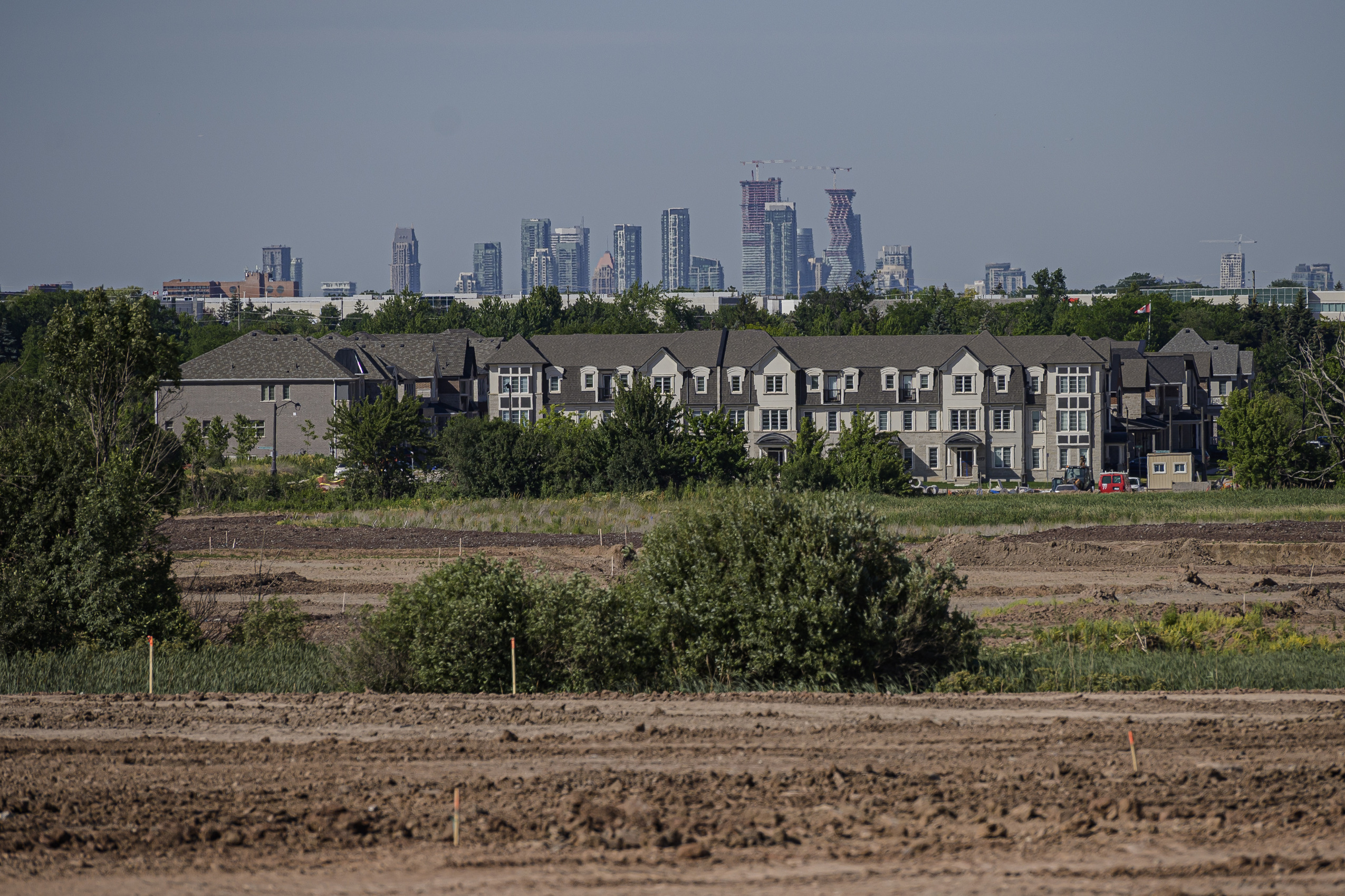

In one assessment, planning staff at Ontario’s Ministry of Municipal Affairs and Housing cautioned the expansion would result in the “permanent loss … of largely prime agricultural areas, as well as impacts to natural heritage and water systems.” In another review, public servants found the decision didn’t consider the “capacity and financial viability” of building the infrastructure needed to allow housing on the land, which was the government’s stated goal in altering Hamilton’s growth plan to extend the urban boundary. In a third, public servants found Hamilton could meet or exceed its housing goals with “ambitious density” and a firm urban boundary.
Meanwhile, an internal provincial analysis of the Ford government’s 77 modifications to Hamilton’s growth plan showed about half were requested by unspecified third parties. More than half of the changes were also listed as likely to raise “concerns” or “strong concerns” from at least one group of stakeholders — municipalities, Indigenous communities, the public and environmental organizations.
The Narwhal emailed a list of questions about the documents to new Housing Minister Paul Calandra’s office, including whether environmental, infrastructure and financial analyses of Hamilton’s urban boundary expansion were done before the decision was made to expand the urban boundary. The Narwhal also asked Calandra’s office for a list of the third parties who requested changes to the boundary. The email was not acknowledged, and The Narwhal did not receive any response before publication.
Despite repeated requests from opposition leaders, Calandra has said the government has no plans to reconsider the Hamilton decision.
“An expansion of the urban boundaries in and of itself does not necessarily mean that housing will be built on that expansion,” he told the legislature in late September.
“The city will determine when homes or if homes will be built in that expanded area. The city determines if the land will be serviced and when it will be serviced. … So that is the reality of the expanded urban boundary.”
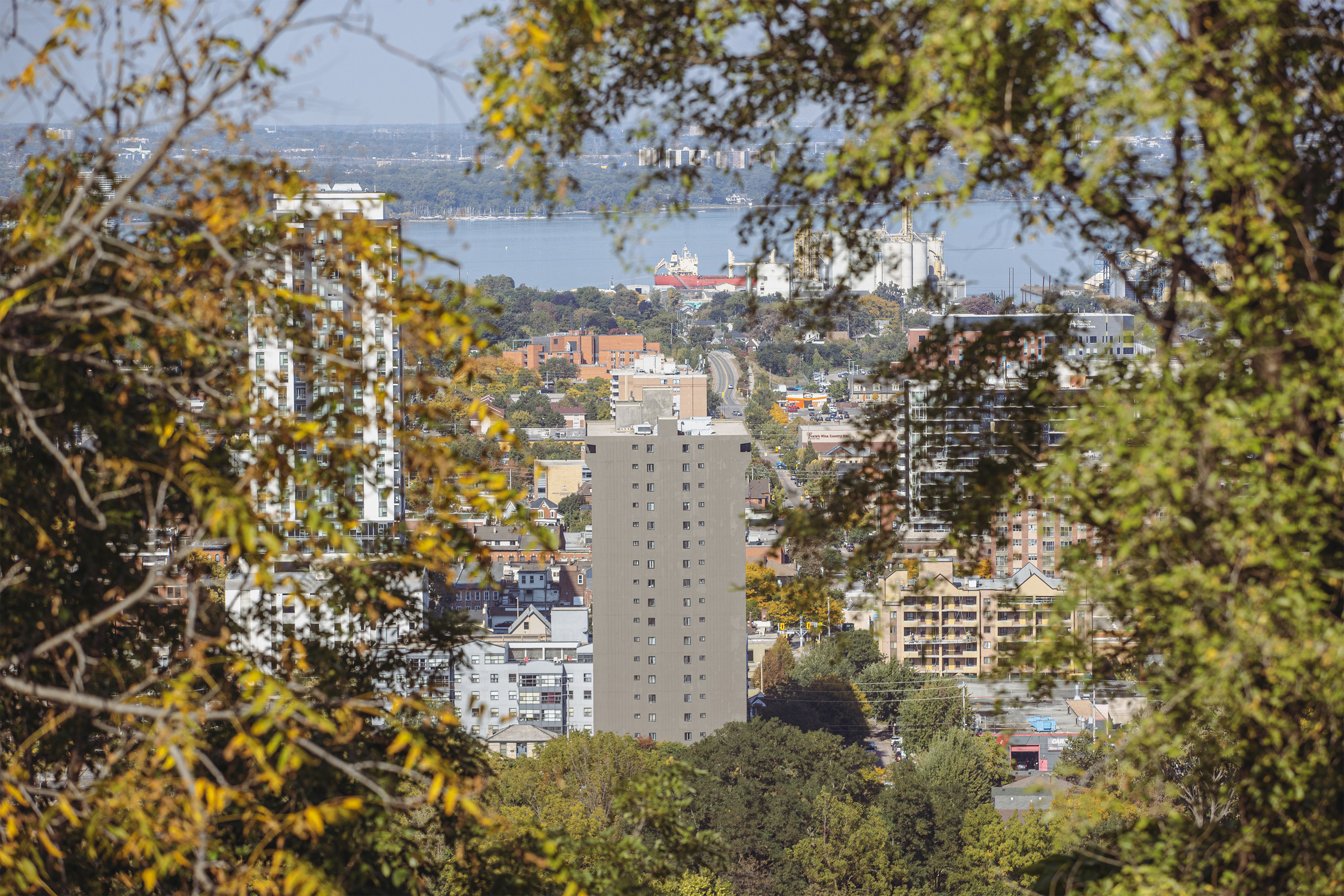
Mayor Andrea Horwath said she is “not surprised” that these documents show Hamilton did not need any changes to its urban boundary to meet its housing needs. She said the city has already surpassed its housing target for this year, of 4,700 units, by approving 12,300 units in its already built-up area.
“We don’t need the province to give us new growth borders, we need them to give us new funding,” Horwath said in an emailed statement to The Narwhal, listing the various issues facing the city, including affordable housing and mental health crises.
The minister responsible for the Hamilton decision, Steve Clark, resigned from cabinet in September after two watchdog reports dug into his role in the Greenbelt land swap. As minister, he oversaw multiple, sweeping changes to development policies to accelerate the growth planning process in Ontario. A big part of that process involves big cities like Hamilton submitting individual growth plans setting out how land should be used to comply with the province’s larger vision every five years. Ontario municipalities last did so in 2018, looking ahead to 2041.
But Clark changed the timeline in 2020, ordering municipalities to submit a new plan by 2022, a year earlier than normal, and plan for a decade longer to 2051. Underlining that directive was a focus on boosting supply of new single-family homes — and highways to connect them — as the main strategy for addressing the province’s deepening housing crisis.
All municipal growth plans had to be approved by Clark, who suggested he would overrule any he didn’t like before they had even been finalized by municipalities.
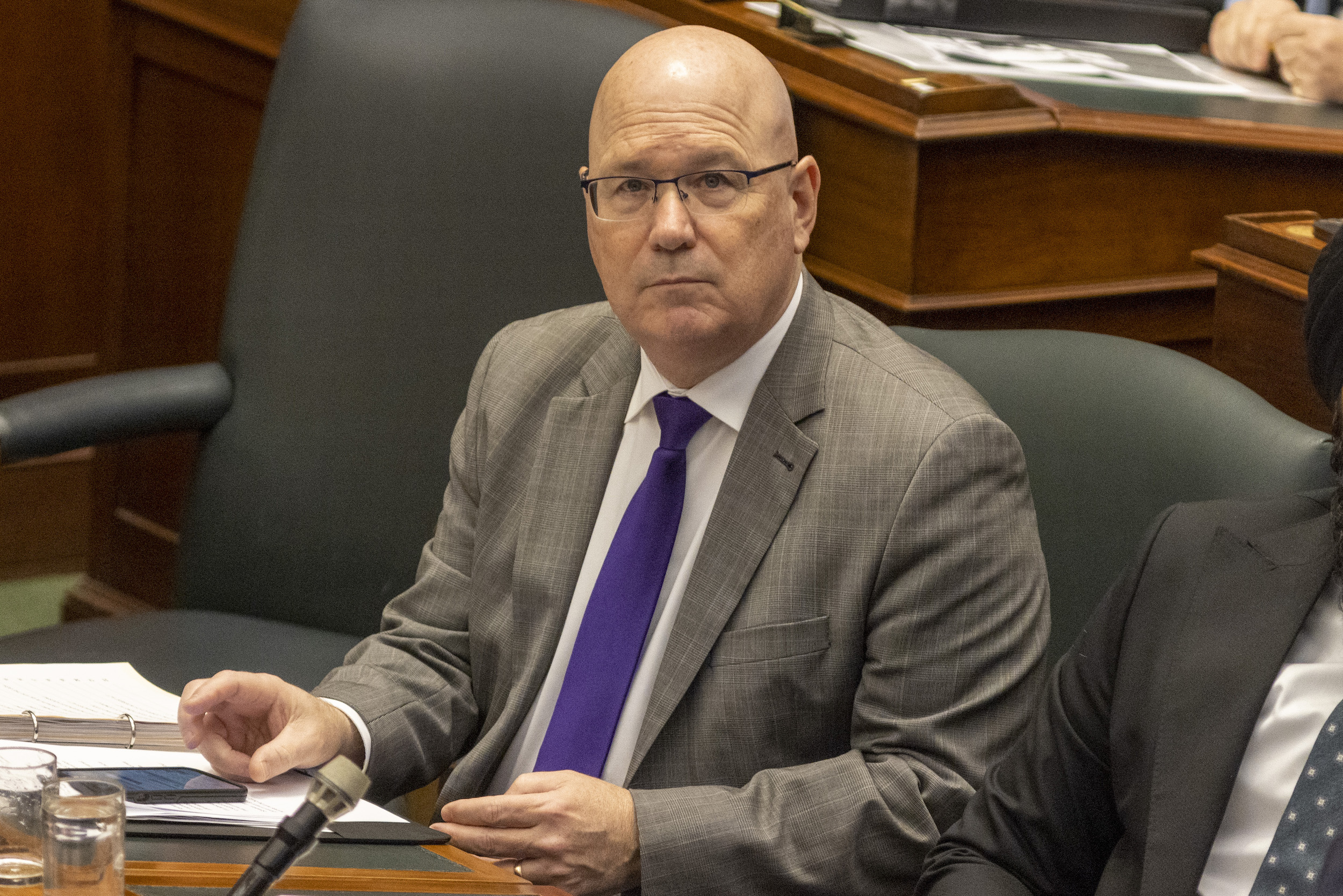

The City of Hamilton had decided to maintain its boundary after a year-long public consultation process that saw physical surveys mailed to every resident about the future of development. Over 90 per cent of respondents said they would rather see the city build denser housing like apartments instead of single-family houses that would cause Hamilton to sprawl outward.
Hamilton filed its firm-urban-boundary plan to the province for approval on June 8, 2022, becoming one of only two Ontario municipalities, along with Halton Region, deciding not to open new lands for development.
That September, as the province reviewed Hamilton’s plan, a senior Housing Ministry planner prepared a briefing note about the city’s urban boundary, setting out three different scenarios the minister could choose from. The scenarios included: “ambitious density” with a moderate urban boundary expansion, a significant urban boundary expansion and a firm urban boundary “as adopted by city council.”
The first and third options were sufficient to meet Hamilton’s housing goals as set out by the province, the planner noted. But Clark chose option two: expanding Hamilton’s urban boundary between 1,630 and 2,190 hectares. This “exceeds” the minimum requirements set out in the province’s own growth plan, the public servant warned — the primary objective of which, they wrote, “is to optimize the use of the existing urban land supply to avoid over-designating lands for future development.”
“This represents an ‘intensification first’ approach which focuses on making better use of our existing infrastructure and public service facilities, and less on continuously expanding the urban area,” the planner wrote.
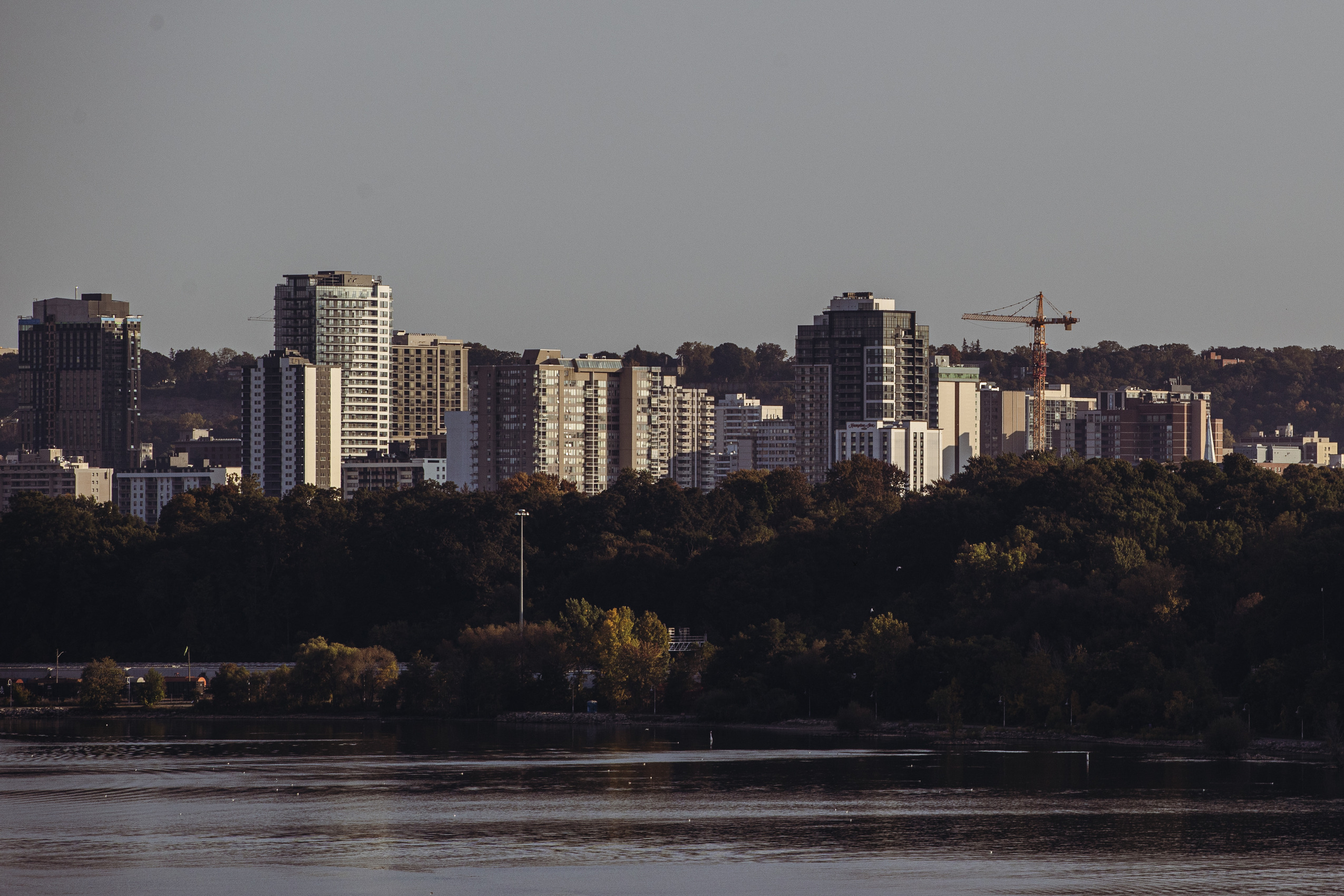
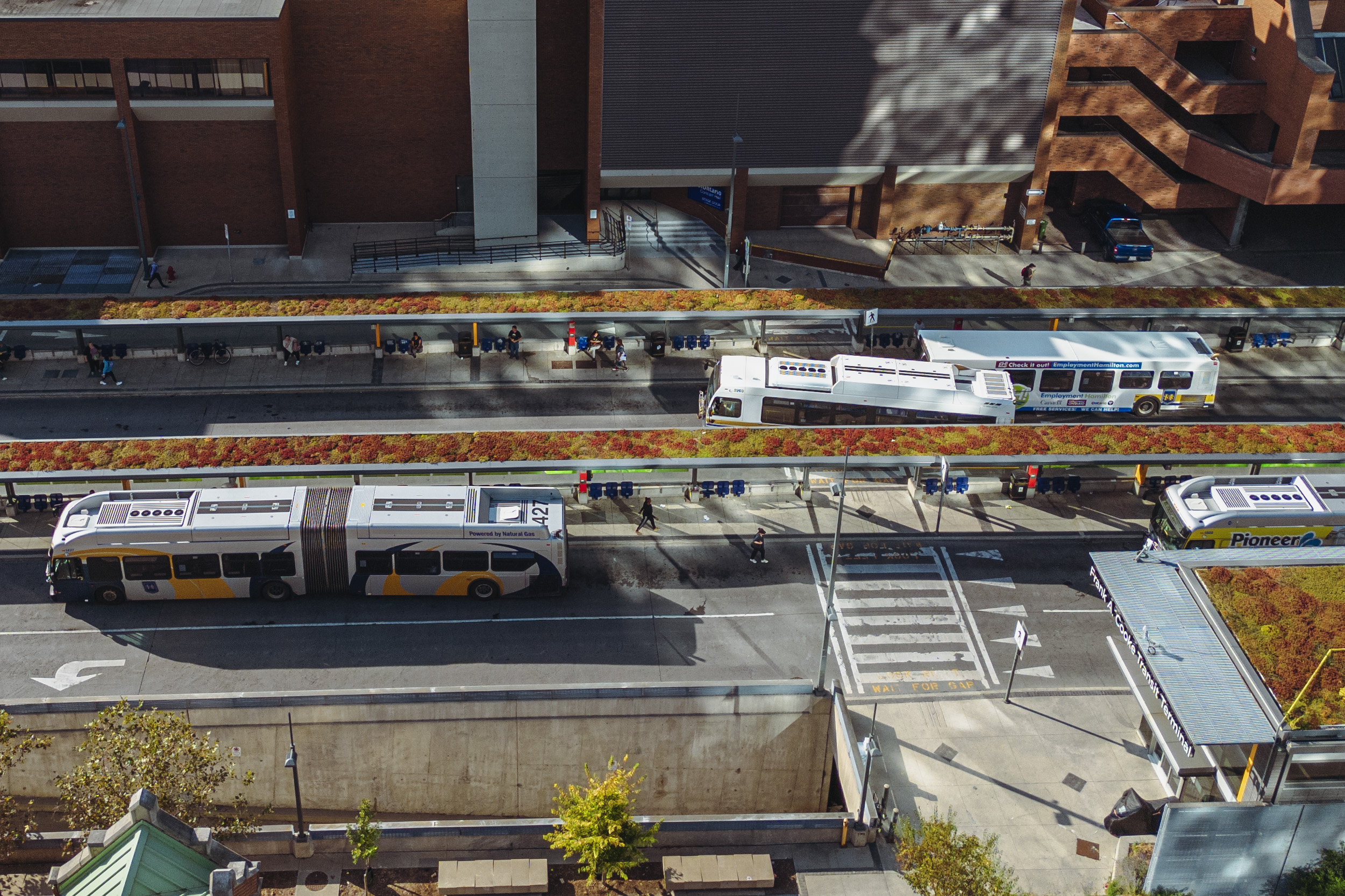

The Ford government’s decision, which was not open to appeal, overruled Hamilton city council, the will of its residents and ignored the concerns of the province’s own planning experts.
Now, new questions are emerging about how the government arrived at the Hamilton decision.
Late last year, the environmental law charity Ecojustice launched a lawsuit on behalf of advocacy group Environmental Defence, seeking to overturn the province’s decision. Ecojustice alleges the government’s decision was “unlawful,” arguing it wasn’t necessary to build the housing Hamilton needs and didn’t comply with the province’s own policies.
The groups have also pointed to the environmental impacts of urban sprawl, which increases dependency on polluting cars and paves over undeveloped green spaces that naturally absorb water to mitigate floods and provide habitat for wildlife.
The Narwhal reviewed hundreds of pages of records filed in this case, including internal communications, briefing notes and assessments submitted by the ministry officials. In them, public servants detail the impacts of the urban boundary expansion, finding the environmental impacts of the decision had not been properly assessed and many of the changes had come from unspecified, unnamed sources.
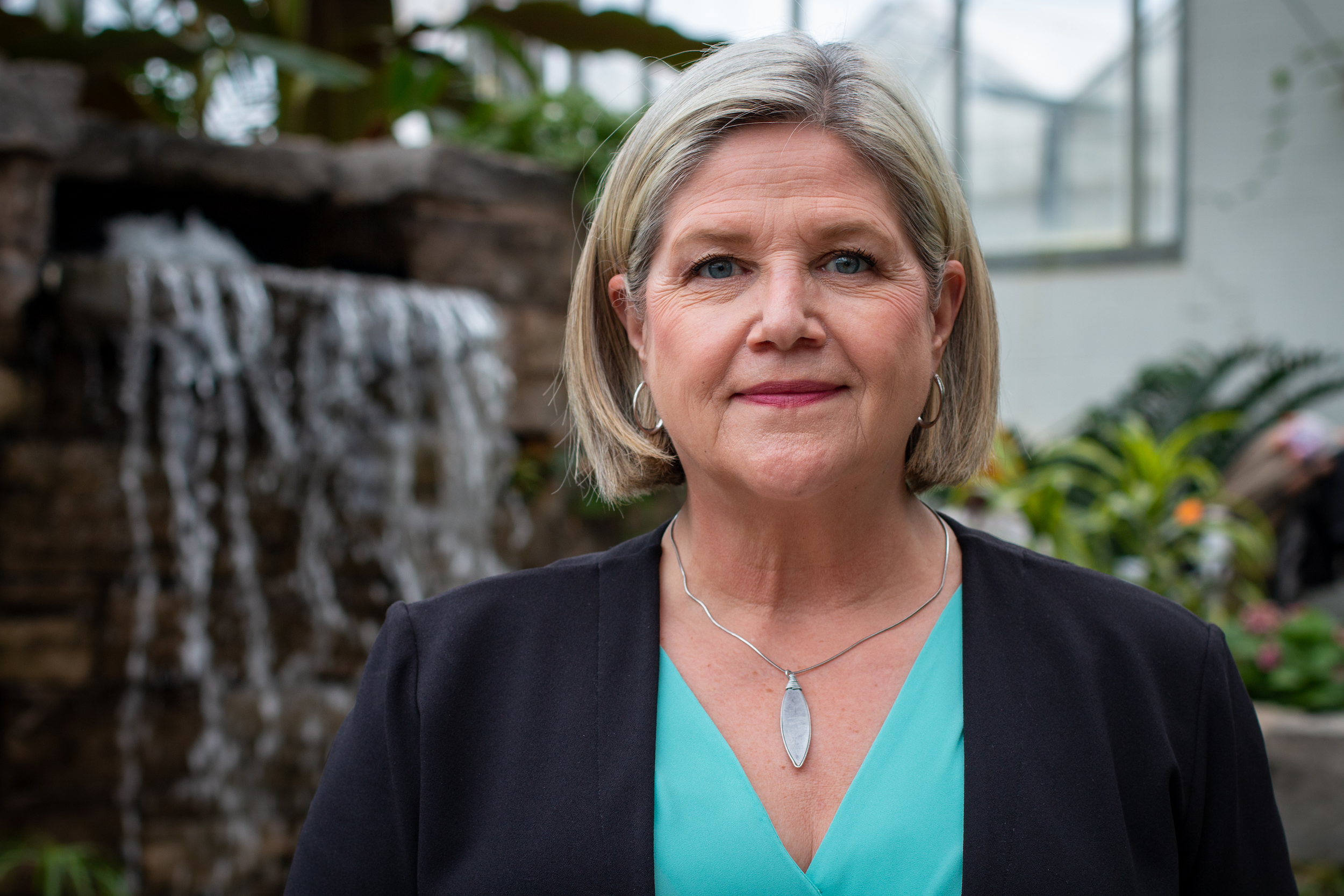
One internal assessment shows all the rural, agricultural and Greenbelt lands that were redesignated with this decision came as a result of those requests. According to the internal assessment, another such third-party ask led to the removal of a clause for Hamilton to implement affordable housing requirements.
“It doesn’t look like somebody sat down in a fair- minded way and weighed the public policy considerations around expanding or not expanding,” Ecojustice lawyer Laura Bowman said.
“It gives the appearance that it was driven by third party requests.”
Calandra’s office did not answer when asked by The Narwhal who reviewed their requests.
The documents also raise questions about whether the government had full knowledge of the impact of the urban boundary expansion before it forged ahead.
On Nov. 3, 2022, a day before the Hamilton decision was made public, in an internal review of the environmental significance of the move, a senior public servant noted the “extent of potential impacts is unknown” as the government had not analyzed them. The review describes the move as the “minister’s decision,” noting that it contrasted with the majority of feedback from the public and 23 Indigenous communities and organizations to maintain Hamilton’s urban boundary.
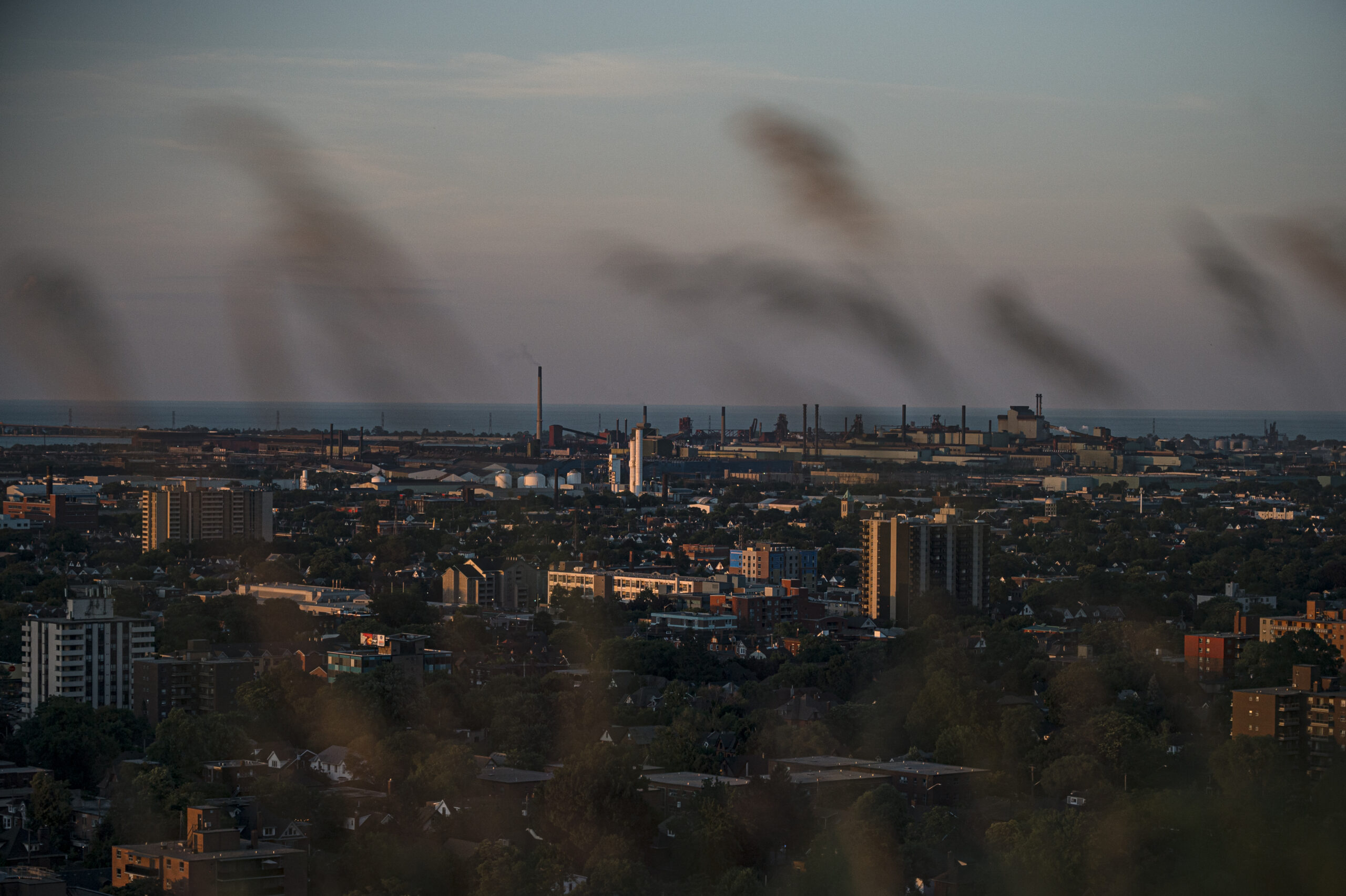
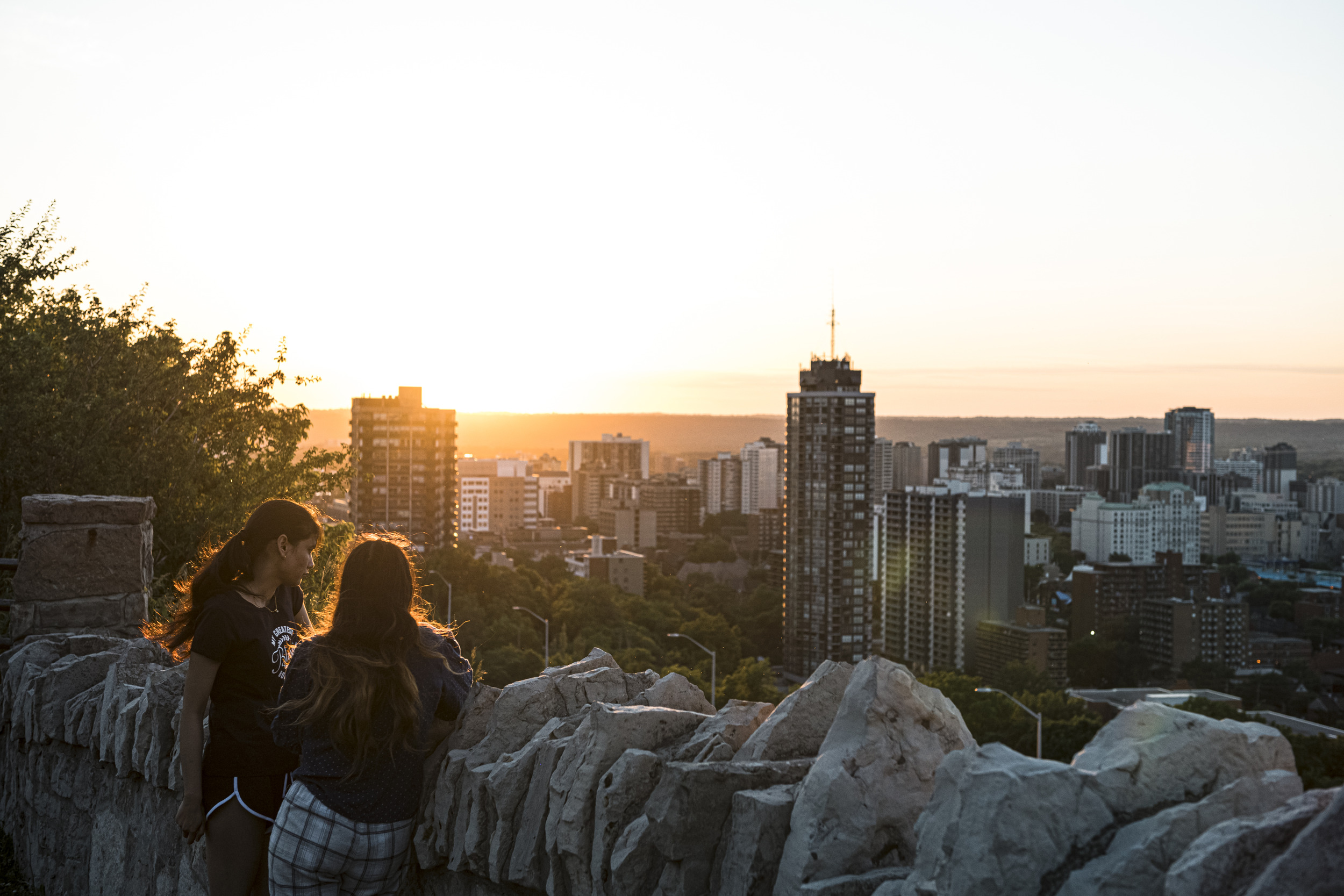
The maximum boundary expansion Clark selected would also require Hamilton to build or upgrade public infrastructure, including stormwater pipes and roads, that hadn’t yet been identified, the public servant wrote. It would also result in the “permanent loss of 1,630 to 2,190 [hectares] of largely prime agricultural areas,” the full consequences of which weren’t yet known.
Clark’s decision for Hamilton was posted on Ontario’s environment registry on Nov. 4, 2022, just as new and re-elected municipal politicians — including Horwath, who is also the former provincial NDP leader — were beginning orientation week. Most southern Ontario councils, including Hamilton’s, hadn’t been sworn in yet and municipal staff had to scramble to understand the expansive changes.
“The decision to maintain a firm urban boundary in Hamilton was taken after years of analysis and consultation by staff and council,” Fred Eisenberger, whose term as mayor of Hamilton ended just before the expansion was announced, told The Narwhal in a LinkedIn message. “It was clear that the decision by the province did not have a full consultative process or much in-depth analysis of the impacts of expanding the urban boundary.”
Environmental Defence executive director Tim Gray said the documents leave cause for concern that the issues documented in the auditor general and integrity commissioner reports on the Greenbelt might be systemic.
“You’re seeing the end of planning driven by evidence and data and future growth needs,” Gray said.

The ministry’s internal documents also reveal a disparity in whose wishes were adopted and whose were ignored as the Hamilton decision was finalized.
The majority of the people who sent the province feedback on the Hamilton growth plan through Ontario’s public environmental registry were in favour of freezing the urban boundary. Three-quarters of the comments received were in support of a firm boundary “for reasons including preventing sprawl, protecting farmland and the environment, climate change, intensification, etc.,” according to an internal review of the minister’s proposed decision.
While Hamilton consulted 23 Indigenous communities and organizations during its year-long public consultation on the growth plan, the ministry sent notification letters to just three over its 30-day consultation process. At least one of those Nations raised concerns about the province’s plan: “One letter was received from the Six Nations of the Grand River, which outlines support for a firm urban boundary in the city of Hamilton. The letter also identifies concerns related to the negative impact of urban boundary expansions on Treaty Rights,” the environmental review document said. Six Nations of the Grand River also expressed concern over the lack of proper consultation “in the development of the policy mechanisms that are being used to justify these expansions (such as population growth forecasts),” the document noted.
The ministry analysis showed just a quarter of the comments the province received about Hamilton’s growth plan were in favour of an urban boundary expansion. Many of these came from development companies and associations, which suggested sites to include in the newly drawn boundary. Among them was a request from a group of prominent developers to include their collective 1,340 hectares of land proposed for housing projects, in an area called Elfrida on the southeasternmost edge of the city. The Ontario Home Builders Association, which was at the time headed by Clark’s former chief of staff Luca Bucci and represents nearly 4,000 developers, also sent a request to expand Hamilton’s boundary by a minimum of 1,630 hectares.
Lily Noble of Stop Sprawl Hamilton, a residents’ group that formed in response to the city’s initial survey about the urban boundary in 2021, told The Narwhal the disconnect between whose requests were incorporated shows that the province is “willing to trample on democracy to reward certain speculators.”


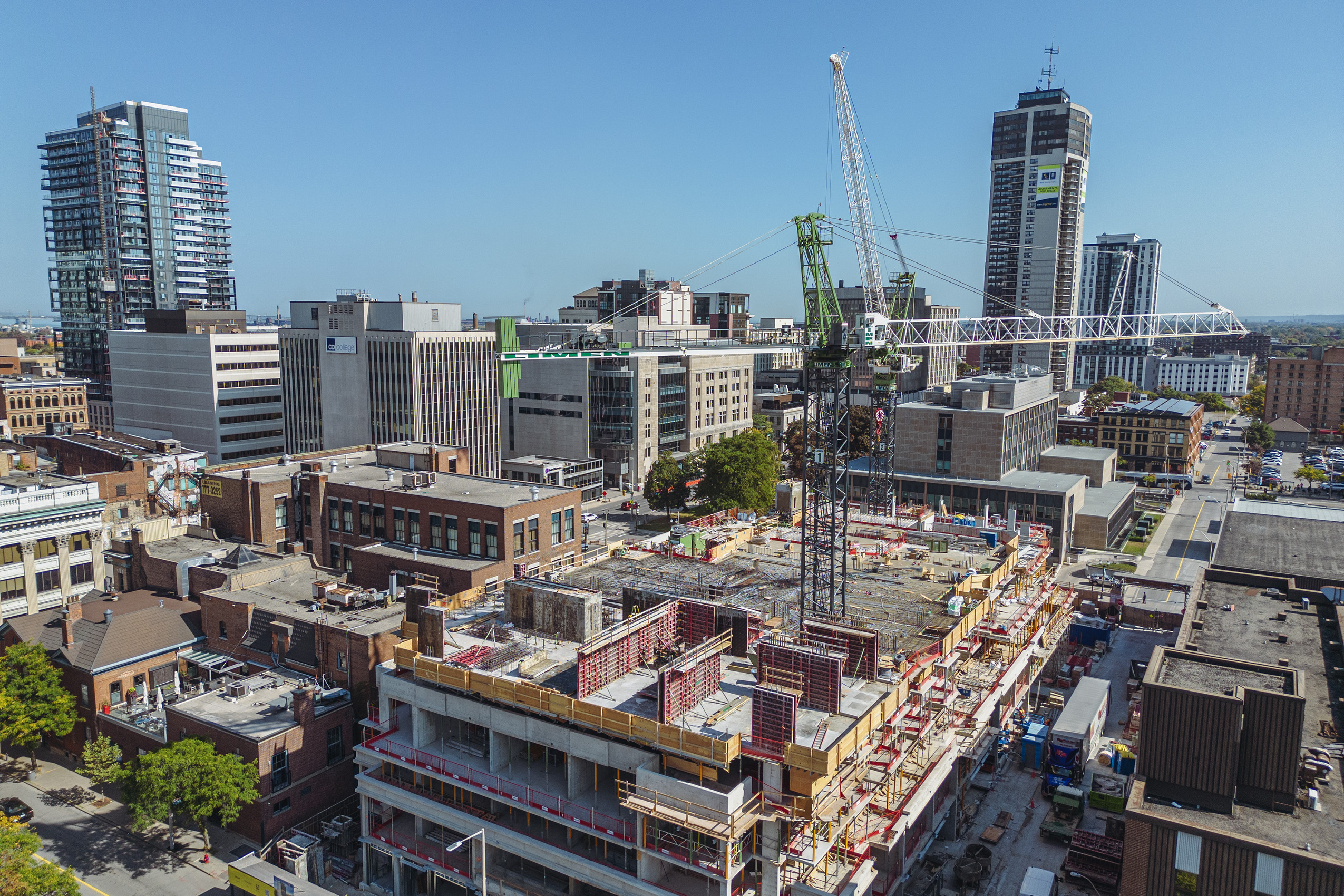
“It is imperative that this recurring pattern of selective properties chosen by the minister for development be investigated by the auditor general and that the forced boundary expansion be repealed immediately,” Noble said in an email.
In an Aug. 30 report into the government’s Greenbelt changes, J. David Wake, the province’s integrity commissioner, found several of the developers who sought to have protections removed from their lands brought their issues to the ministry’s attention through conversations about municipal official plans — including Hamilton’s.
Wake found that in fall 2022, Hamilton-based developers Paul Paletta and Sergio Manchia, who both benefited from the urban boundary expansion and the now-reversed Greenbelt changes, had been talking directly with ministry officials about opening their lands for development. This included contact with Clark’s then-chief of staff Ryan Amato, according to Wake’s report, who resigned amid the fallout of the Greenbelt scandal.
Manchia has been trying to get a Hamilton property removed from the Greenbelt for 20 years, Wake wrote. Kirsten Jensen, Clark’s deputy chief of staff, told the integrity commissioner, Manchia “would just pick off every single chief of staff that worked literally for the minister at any point to make sure they were aware of his issue.” (Jensen remains deputy chief of staff to Calandra, who replaced Clark as housing minister.)
According to Wake’s report, Amato said Manchia’s land was the first site brought to his attention. The Wake report says the two first spoke in July 2022 over the phone about removing the land. Amato told Wake he thought he could unlock Manchia’s Greenbelt land through the growth planning process, according to the integrity commissioner’s report — though that wasn’t correct, Manchia’s property was later removed from the Greenbelt.
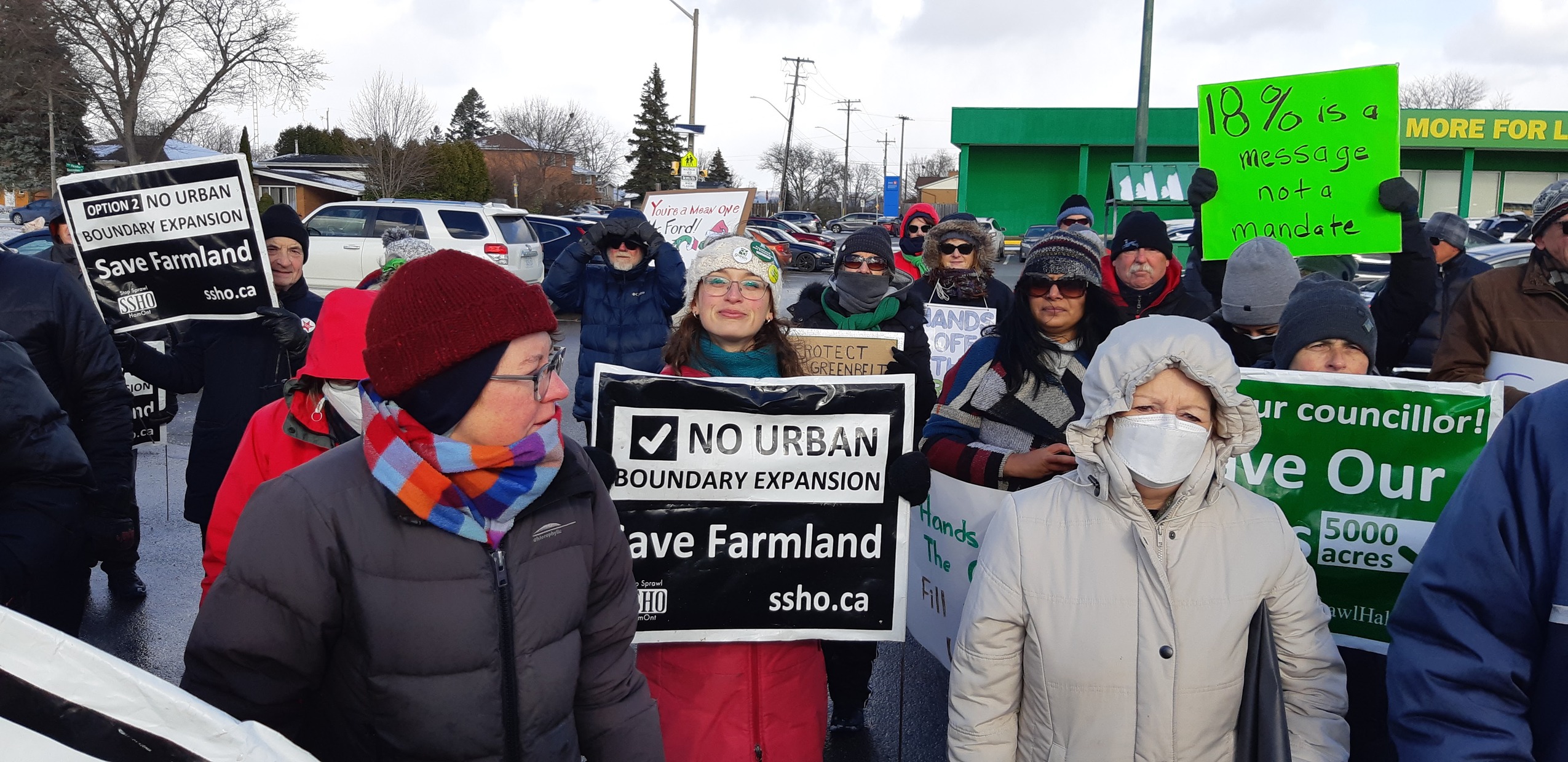

Wake found Manchia and a colleague also crossed paths with the premier on multiple occasions last year. Manchia said he’d met Ford in person or spoke with him “maybe two or three times,” including at Progressive Conservative events. He also bought four tickets to Ford’s daughter’s now-infamous stag and doe event last August. Manchia’s colleague took one and “said a quick hello” to the premier, per Wake’s report, though Manchia did not end up attending.
The Wake report also says Manchia’s colleague also met with Amato last October to discuss different, non-Greenbelt properties: “We were presented with the changes the minister was considering making to the Hamilton official plan and asked to verify our comfort level with them,” the colleague said, according to Wake’s report.
The report does not specify which changes they discussed, and said Manchia’s colleague did not respond to additional questions Wake emailed to him. Wake’s report found Manchia’s colleague’s clients submitted between eight and 10 suggestions to amend official plans in Hamilton and Halton, four days before the decisions were made public.
Paletta is the head of Penta Properties, now called Alinea Group Holdings Inc., which owns Greenbelt land that is surrounded by farmland near Hamilton’s airport. Penta’s land wasn’t on the edge of the Greenbelt, which was one of the province’s criteria for removing protections. “To avoid having their land rejected,” Wake wrote, the company also applied to remove protections from a larger section of land adjacent to theirs, most of which it didn’t own.
According to the Wake report, Paletta’s company hired lobbyist Nico Fidani-Diker, the premier’s former executive assistant, to get approvals for some of their properties across the Greater Toronto and Hamilton Area. Fidani-Diker spoke to Amato three times last year about Paletta’s wish to have the Hamilton lands removed from the Greenbelt, Wake’s report said, and passed along information about a specific Greenbelt site during a discussion the two had about changes to growth plans.
Vaughan-based developer Silvio De Gasperis, head of TACC Developments (an acronym that stands for The Amazing Construction Company), is a part owner of a Hamilton site known as Book Road, which was originally bought by Jack Eisenberger of Fieldgate Homes. The Book Road site was one of those also affected by the urban expansion.

TACC was the biggest beneficiary of Ford’s now defunct Greenbelt opening. Last fall, De Gasperis gave Amato a package of information about lands he wanted removed from the Greenbelt at a building industry event, later following up with more requests for sites to be removed, including Book Road, according to the Wake report.
Paletta, Manchia and TACC Developments did not answer questions from The Narwhal about whether they asked the province for changes to Hamilton’s growth plan.
The court case through which The Narwhal obtained the Hamilton documents is ongoing. The auditor general’s office confirmed to The Narwhal that it has received a request from the Ontario NDP to investigate Hamilton’s boundary expansion, but has not yet made a decision whether to go ahead with it.
New concerns have also emerged about urban boundary expansions in six other Ontario municipalities, including Waterloo, Wellington County, Belleville and Peterborough, which were ordered to sprawl into farmland in April.
Documents obtained by the Ontario NDP reveal Clark received an internal memo that raised concerns about how the expansions did not meet the requirements of the Housing Ministry’s own planning process. The documents also indicate there were concerns about a lack of consultation with Indigenous communities.
Meanwhile, the province has overhauled planning and growth rules for a third time, which will make it easier for municipalities to sprawl outward, into natural and agricultural land that was once protected. The implications of this new policy are still to be determined.
“This isn’t about good planning, and the government’s own documents prove that,” Shaw, the Hamilton-area NDP MPP, said. “It’s time for Doug Ford to tell us who is making provincial housing policies.”
Get the inside scoop on The Narwhal’s environment and climate reporting by signing up for our free newsletter. Angello Johnson’s shoulders burn, and his arms...
Continue reading
As he celebrates 20 years making music, the beloved rapper shares what he’s learned about...

B.C. allows industrial logging in critical habitat for at-risk species — part of the reason...

Lake sturgeon have long been culturally significant and nutritionally important to First Nations in Ontario,...
